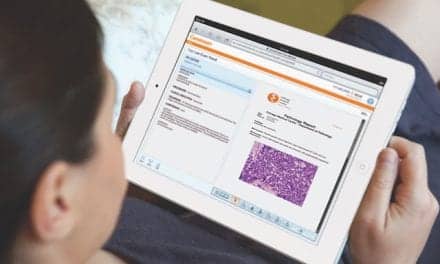By Aine Cryts
One of the biggest misconceptions among radiologists is that they don’t touch mass-casualty incidents. That’s according to Ferco Berger, MD, FESER, deputy chief (operations) in the department of medical imaging at Sunnybrook Health Sciences Centre in Toronto; Sunnybrook features Canada’s largest trauma center.
“It’s not true that we aren’t involved in mass casualty,” insists Berger, who’s organizing and serving as moderator for a hot-topic session on imaging and mass casualty at the Radiology Society of North America’s (RSNA) annual meeting, which takes place in Chicago from December 1 to December 6. “Younger clinicians, including surgeons, often rely on imaging for clinical decision-making,” he says. “It can be very hard for them to bypass imaging during mass-casualty incidents.”
Mass casualty comes in many different varieties, explains Berger. “Mass casualty can include pandemics with infections, which isn’t really imaging-heavy; that’s where we’ll take x-rays of the chest and that’s it. Mass-casualty incidents can also include explosions, terrorist attacks, or shootings; these events are much more reliant on imaging.”
Most patients impacted by mass-casualty events will receive imaging to assess their injuries, he adds. Take, for example, incidents such as the 2013 Boston Marathon bombing or when a truck crashed into pedestrians celebrating Bastille Day in Nice, France, in 2016. “If there are a ton of casualties coming in at the same time, they may bypass radiology, but probably don’t. And in a lot of cases, they shouldn’t.”
“The radiology department needs to be prepared for [these mass-casualty incidents],” says Berger, who’s also a professor and leads the emergency and trauma radiology division at Sunnybrook. “We can’t just speed up our normal routine when we have a mass-casualty [event]; we have to shift to a different model. In regular trauma, imaging is a mainstay, except for hemodynamically unstable patients who will bypass imaging. They still get some imaging, by the way; likely, that’s x-rays and ultrasound. This experience holds true for at least most trauma patients in mass-casualty [events].”
Berger points out that while imaging may create bottlenecks in patient flow when too many patients are, for example, sent for CT exams at the same time, it’s equally likely there can be bottlenecks in operating rooms during the later stages of treating people impacted by mass-casualty events.
For example, in mass-casualty situations where people experience mostly penetrating injuries, like mass shootings, operating-room capacity may be reached quickly. This will result in long wait times for patients requiring surgery. Imaging could be done during that wait-time to better triage those most urgently in need of surgery, thus maximizing clinical outcomes. Berger tells AXIS that including radiology departments in preparations for mass-casualty events will improve the overall performance of hospitals.
He’ll serve as moderator for “Hot Topic Session: Mass Casualty Incidents: When Disaster Strikes” at RSNA ‘19. Topics covered in the session are: “The Situation Room: A Survival Guide for Mass Casualty Incidents,” “Beyond Broken Bones: Non-trauma Mass Casualty Incidents and the Impact on Medical Imaging,” and “Global Disaster Response and Serving Regions with Scarce Resources.”
Aine Cryts is a contributing writer for AXIS Imaging News.






